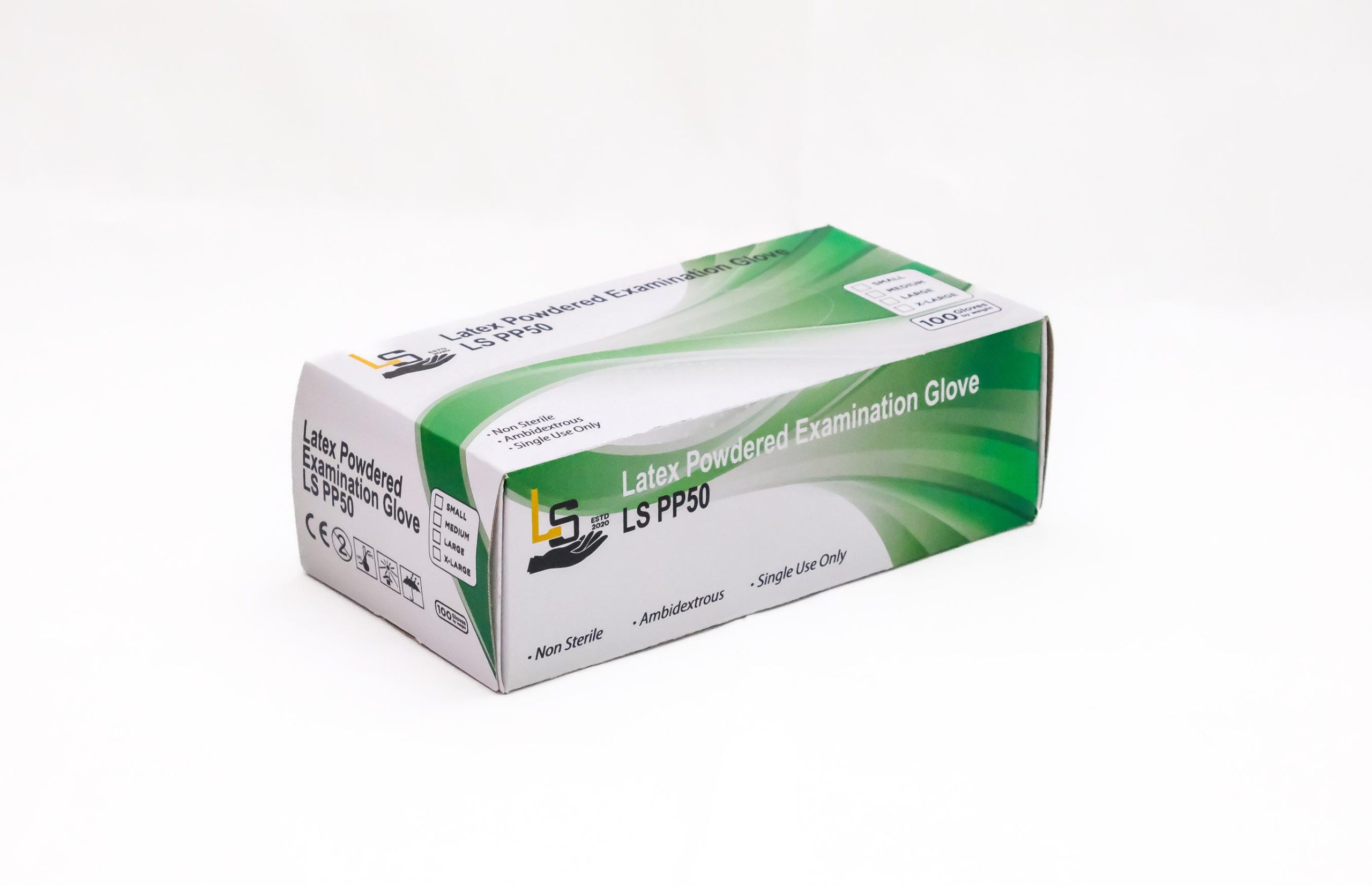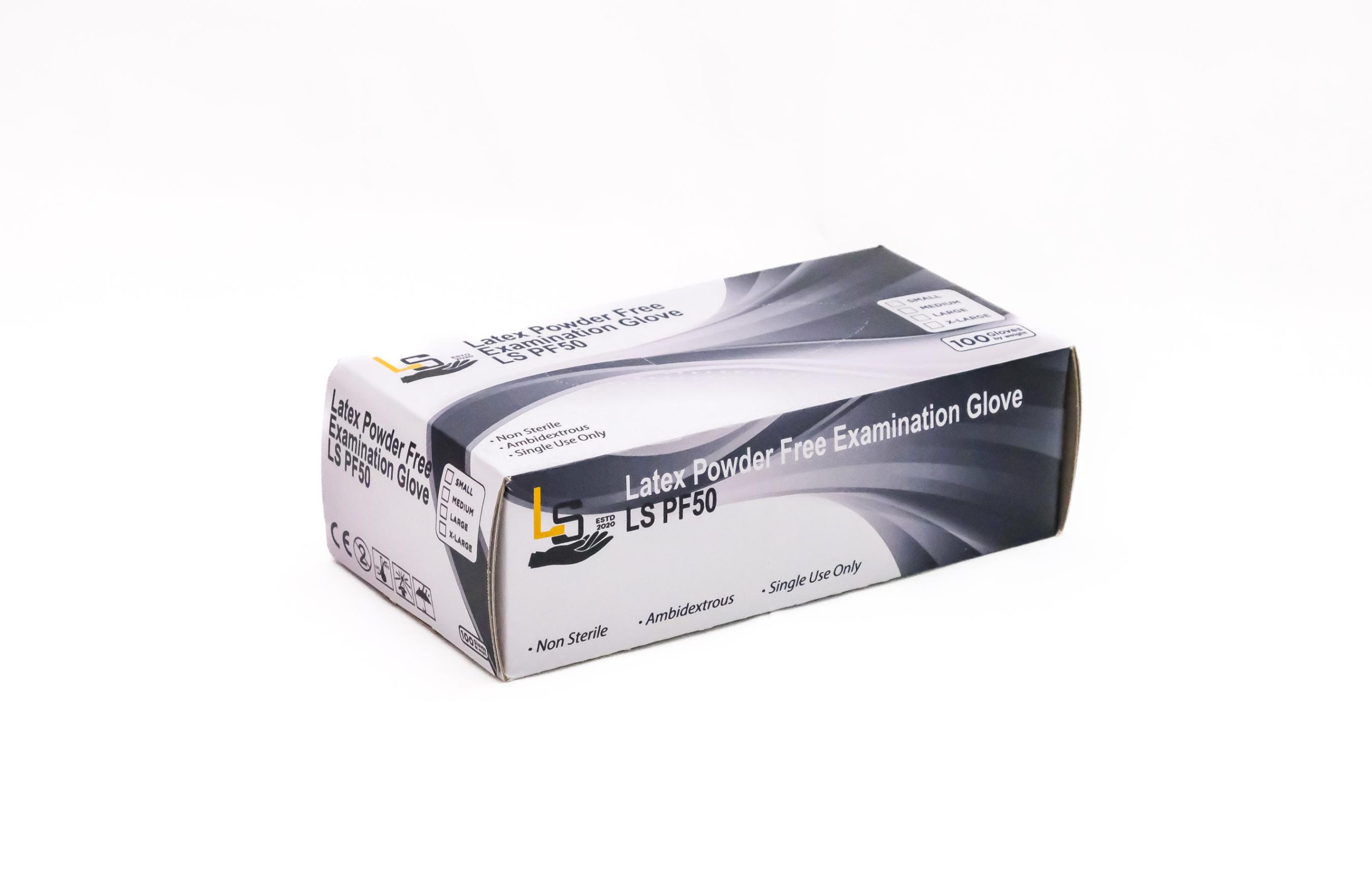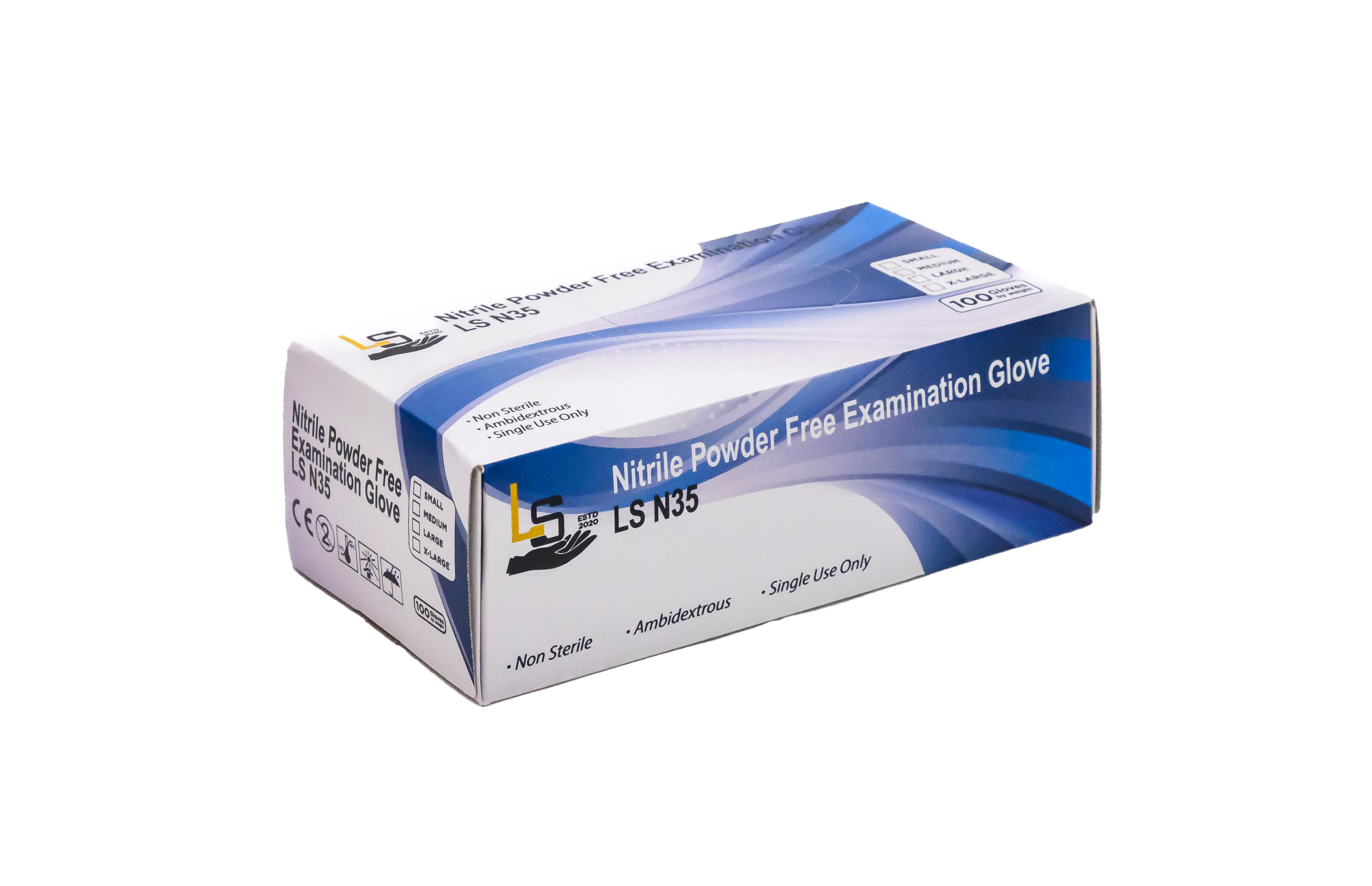Latex Gloves are usually referring to Natural Rubber Latex Gloves. However, to be more precise, the word “latex” does not necessary refer to natural rubber (NR), but since the most common gloves are made of natural rubber, the word “latex glove” is now mostly referring to the glove that is made from natural rubber material.
Latex Gloves are good chemical resistance to acids, alkalis and detergents. It has excellent flexibility, good barrier protection against blood-borne pathogens and other substances.
Users like is because of it’s supple feel since it is naturally a super elastic material. If the surface are treated well, the glove gives a good tacky grip compared to other gloves. In addition, it is generally more affordable and biodegradable. Thus, it is a environmental friendly product.



Nitrile is a soft elastic material with better puncture and abrasion resistance than latex or vinyl gloves. It is made from a synthetic polymer that exhibit rubber like characteristics when vulcanized. Its chemical name is Carboxylated Acrylonitrile Butadiene Latex. Being synthetic, it has no natural rubber latex proteins that cause allergy. Hence, it is suitable for those whom have such allergy issue. Compared to vinyl, super soft nitrile gloves are more elastic, and flexible resembling latex gloves. Thus providing less fatigue, and more comfort for longer hours of usage.
It has better resistance and to a wider range of toxic chemicals and common solvents, such as hydrocarbons, oils and fats. Thus, it is suitable for many industries. Nitrile gloves have good barrier protection properties, very durable and excellent strength. However, it is generally more expensive than latex or vinyl gloves.
Expect a friendly letter from us once a week. No spam.